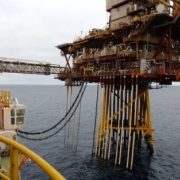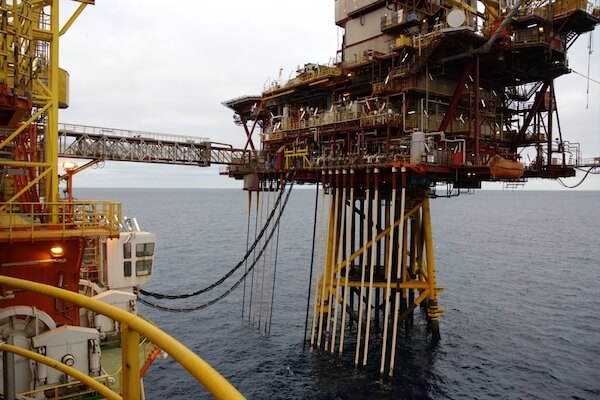
Offshore safety across oil and gas operations on the UK Continental Shelf (UKCS) continued to improve in 2015, according to the 2016 Oil & Gas UK Health & Safety Report published August 1.
There were no reported fatalities and reportable injury rates were lower than other industries such as manufacturing, construction, retail and education. The lost time injury frequency rate on the UKCS was also below the European average and lower than Norway, Denmark and Ireland.
The category of dangerous occurrences – which captures oil and gas releases, fires or explosions, dropped objects and weather damage – was down overall too, with an almost 30 percent fall between 2013 and 2015. Within that category, the total number of oil and gas releases rose slightly by 9 percent, with the majority of these classified as minor, while major releases remained the same.
A rise in minor releases could partially reflect that more and more operators are using technology that helps detect the smallest of escapes. New reporting criteria also came into place in the second half of 2015 and now includes releases that were not deemed reportable under previous legislation.
In March 2015 the Forties Echo platform in the North Sea was shut after being hit by a supply vessel, which resulted in 15 workers being transferred to the nearby Forties Bravo platform. In July 2015, oil and gas industry skills organization OPITO reported a 250 percent rise in the number of North Sea energy firms investing in systems which assess and develop workforce competence and safety.
“I am pleased to say there were no reported fatalities on the UK Continental Shelf in 2015. Health and Safety Executive statistics in our report show that the industry non-fatal injury rate and the over-seven-day and specified injuries rates also decreased,” said Mick Borwell, health, safety and environment policy director at Oil & Gas UK.
“That picture of personal safety improvement was echoed in the smaller annual benchmarking exercise that we carry out ourselves. We looked at 28 production operators and found a continuing downward trend in the average frequency of reportable injuries and dangerous occurrences,” he added.
“This is a testing time for the industry and our commitment to safety has, at times, been questioned. However, our report demonstrates that safe operations continue to be intrinsic to how we go about our activities on the UK Continental Shelf, regardless of the oil price. It shows that the UK sector is focusing in the right areas and overall is heading in the right direction. The report is also a reminder that there is no place for compromise or complacency and that safety must remain at the top of our agenda,” Borwell concluded.

Scroll to top

 Breaking Barriers and Building the Future18 March, 2025
Breaking Barriers and Building the Future18 March, 2025 Fundamental factors to strengthen Pemex12 August, 2019
Fundamental factors to strengthen Pemex12 August, 2019 Offshore Project Development: The Road to First Oil26 July, 2019
Offshore Project Development: The Road to First Oil26 July, 2019
